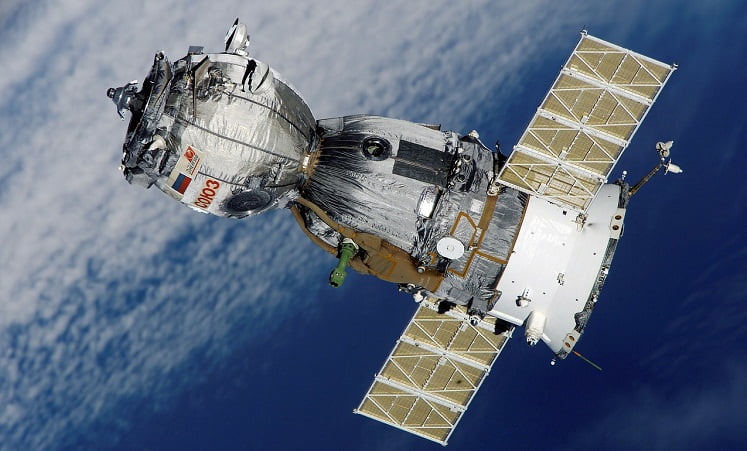It was in the news that Nepal will be having its own satellite in the space. Nepal already has its orbital slots in the space, provided from International Telecommunication Union (ITU). That was available from long time. Now the dream of having own satellite will be realized soon. The Global tender for the installation and commissioning of Nepal’s satellite by International firms is known to result in awarding the contract very soon. The Nepal’s Satellite tender was floated on Oct 2016.
There are two orbital slots for Nepal at 123.3° East longitude, 50° East longitude. They will be used for Fixed Satellite Service (FSS) and Broadcast Satellite Service (BSS) in Ku spectrum band.
Once the contract is awarded, the international firm will undertake the launching of satellite in the orbital space allocated to Nepal. They will also be responsible for operation and maintenance of the satellite launched as per Nepal’s business model and commercial terms.
Application of Satellite in Nepal.
As per NTA, the applications from the satellite include Government services and commercial services. The Governmental services include e-Governance connectivity, Telecommunication service to remote areas, Disaster response / Emergency communication. Whereas commercial services may include Direct to Home (DTH) TV service, back haul for cellular towers, VSAT and internet broadband. Satellites can also provide connectivity to Airplanes for in flight WiFi internet service.
Currently, Cable TV operators, Telecom operators, TV/ Radio broadcasters use satellite as a means for the communication. Nepal have several remote/ rural areas where the connectivity from land is a difficult task. In such areas, Satellite services are the only option to provide the connectivity for telecom services or broadcasting.
As Nepal is also prone to natural disasters, having own satellite helps to restore the communication for disaster response and emergency purposes.
Satellite services are important for business, social and scientific applications, offering a unique ability to deliver communications to many parts of the world not adequately served by other means. In order to operate a satellite network, it is necessary to obtain access to spectrum for the Uplink (Earth to satellite) as well as the return path from the satellite to stations in the service area.
Nepal: also a part for recently launched Indian Satellite.
Nepal is also going to utilize some bandwidth from recently launched Satellite named GSAT9 from India. The original intention was for a SAARC satellite for all the member countries. But as Pakistan decided to opt out, the name results in South Asia Satellite. Other countries like Bangladesh, Bhutan, Srilanka, Afghanistan, Maldives, Nepal can also use it for free of charge. Nepal and other countries have each got 36 Mbps of Bandwidth from this satellite. Each nation is responsible for building the ground facilities like Earth station to connect with the satellite. The Ministry of Information and Communication (MOIC) is yet to decide on that work and the usage from it.













